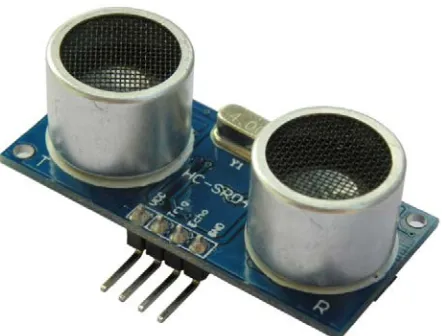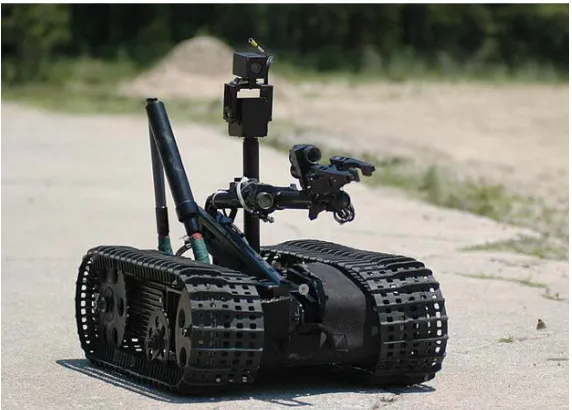Optimization Of Vision-Guided Mobile Robot Navigation
Full text
Figure



![Figure 2.1: The A and B channels' pulse trains phase relationship of incremental optical encoder (Nickson [1985])](https://thumb-us.123doks.com/thumbv2/123dok_us/136594.13738/20.595.158.479.608.727/figure-channels-trains-relationship-incremental-optical-encoder-nickson.webp)
Related documents
The aim of this project is to develop a vision guided mobile robot that is equipped with arms and gripper that can acquire an object in order to help some industrial activity.
This paper described calibration of ultrasonic sensor SRM400, that are mounted on a mobile robot SRM1 to locate obstacles and measure their distances.. Experiments with these
The Mobile Manoeuvring Robot encompasses odometer sensors and interrupt control to achieve straight line driving. When in a clear area free from objects, the robot maintains
Table 2.1: Localization error based on Ultrasonic sensors………..5 Table 2.2: Comparison between different localization sensors……….12 Table 2.3: The experimental results for
Abstract - In this manuscript, we present an autonomous navigation of a mobile robot using SLAM, while relying on an active stereo vision.. We show a framework of low-level
In order to generate a feasible collision free path from the starting position to the goal position when the mobile robot is trapped in an acute ‘U’ or ‘V’ shaped obstacle or
surrounding obstacles facing the path of the mobile robot. Depending on the reading of distance sensors, an avoiding collision algorithm is used to avoid
Most mobile robot navigation approaches assume the robot being point-like or consider only its bounding circle while look- ing for a collision-free path to a given goal position..
![Figure 2.3: SCARF block diagram (Chrisman and Thorpe [1993])](https://thumb-us.123doks.com/thumbv2/123dok_us/136594.13738/22.595.222.403.522.723/figure-scarf-block-diagram-chrisman-thorpe.webp)
![Figure 2.4: A cascade control system for target trajectory (Saifizi et al. [2012])](https://thumb-us.123doks.com/thumbv2/123dok_us/136594.13738/23.595.163.473.344.466/figure-cascade-control-target-trajectory-saifizi-et-al.webp)
![Figure 2.5: Flow-chart of the whole system (Giuseppina and Alberto [2002])](https://thumb-us.123doks.com/thumbv2/123dok_us/136594.13738/24.595.151.474.72.490/figure-flow-chart-giuseppina-alberto.webp)